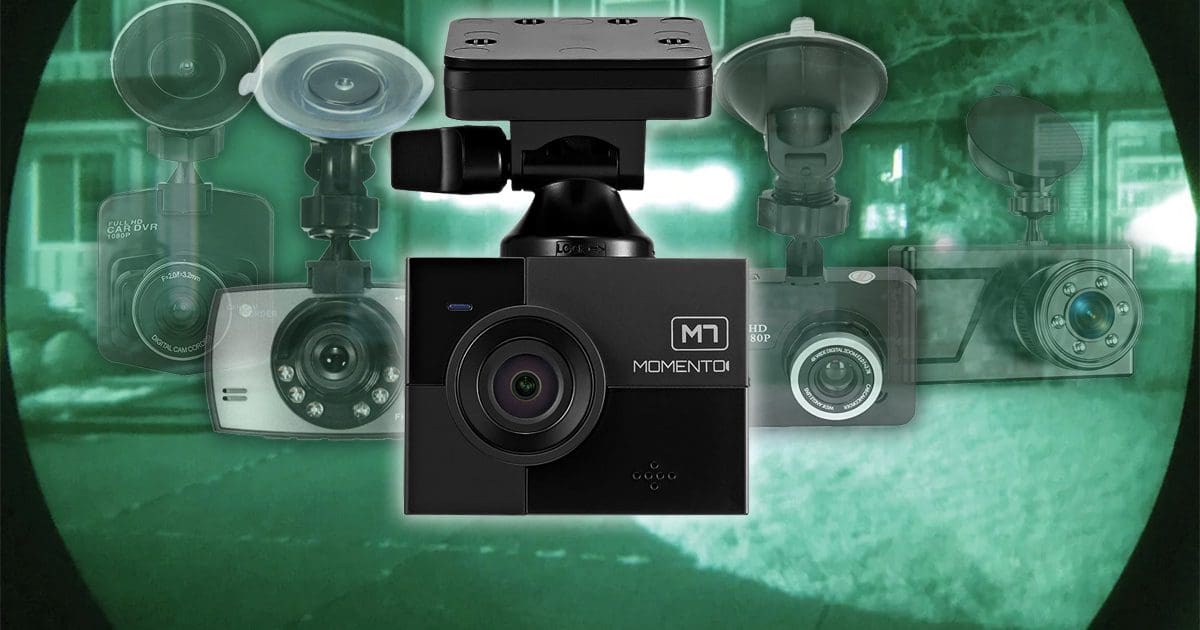Over the years, we’ve tested a lot of dashcams. We remember when 1920 x 1080 pixel high-definition sensors were the hot thing. We saw QHD and 4K sensors become available in the last few years to bump up the information and detail these camera systems could store. While sensor resolution is important, it’s not the only factor in determining the performance or suitability of a dashcam system. The latest image sensor offerings take high-contrast and dark-light recording capabilities to a level that’s been exclusive to expensive commercial-grade video cameras. Let’s check out how the newest dash camera systems perform when lighting conditions aren’t perfect.
What Is an Image Sensor?
An image sensor is an array of microscopic photodiodes that capture light. For each pixel in a sensor, there are three diodes: a red, a blue and a green. The three diodes absorb the incoming light and output a voltage proportional to the amount of each light color the sensors detect. If you were recording a green wall, the green photodiodes in each pixel would output a high voltage, and the red and blue would be low. White is created when all three sensors capture the same amount of light. The screen on your computer or smartphone works in the same way. Each pixel comprises red, blue and green diodes that emit light. When all three are illuminated equally, you get white light.


The imaging sensor hardware scans each pixel’s voltage values, then transmits that information in a digital format to the microcontroller attached to the sensor board. For a modern sensor with an effective 4 million pixels and an image capture rate of 30 frames per second, the hardware has only 0.00000638 second to capture the three levels.
Once the signal has been captured, the microcontroller can perform complex processing on the image to make the stored result clearer. The lowest values, representing the darkest parts of the image, might be boosted a little, and the brightest ones might be attenuated. This reduces the dynamic range of the resulting “photo,” but it can also reveal information hidden by shadows or that might be on the edge of being overexposed.

Why Does Image Quality Matter?
If you want to know if a car ran a red light or swerved into your lane and caused an accident, then any dash camera system will work. Suppose you want to capture details like license plate information or other identifying information under adverse lighting conditions. In that case, you’ll want a camera with a high-performance image sensor that includes high dynamic range (HDR) contrast compression and excellent low-light capabilities. Trust us when we say there are more difficult lighting conditions than you’d think.
When your camera is in parking mode at night, seeing who might be prowling around your vehicle is the primary goal. If you’re parked on a quiet street, the closest streetlight might be a few hundred feet away. You’d think that these conditions would make it impossible for a camera of any kind to capture what’s happening. If you are driving in the morning or evening, then a headlight or the sun facing your camera can cause the exposure to change and prevent you from being able to see information in the shadows.
There’s nothing worse than needing footage of an incident only to find out your camera couldn’t record the scene because it was too dark or there was a bright light source in the field of vision. This is where the latest camera systems offer impressive performance.
Image Sensor Technology Continues to Advance
What makes the new image sensors so great? Understanding image sensor specifications gets complicated in a hurry. In short, the latest sensors are designed to produce more voltage from each photon of light that enters the photodiode array. This improved efficiency reduces the need for signal boosting in hardware, which comes with a noise penalty. If you’ve ever taken photographs on film, then you know that high-ISO film can be grainy. The same happens with digital image sensors as the signal boost that brightens the images increases the background noise level.
New sensors are also capable of contrast compression, often referred to as high dynamic range photography. The sensor captures two images for every single frame it outputs. The first image might be underexposed to capture bright information, and the second would be overexposed to capture dark details. The processing hardware in the sensor combines the data from the two images to produce a frame that shows everything clearly.

Dashcam Image Sensor Comparison
Let’s look at images from three different dash camera systems. The worst in our group is an inexpensive camera purchased from Amazon. This camera claims 1920×1080 resolution and has a small LCD screen on the back. It behaves more like an inexpensive action cam in terms of software and doesn’t include GPS information or an accelerometer. We’ll call this Camera A.
Camera B is a well-made dashcam that uses a good image sensor from a few years ago. The camera has a resolution of 2304 by 1296, so it’s better than what was common when it launched. This company invested a lot of time and effort in optimizing exposure and contrast settings. We tested this camera against many other offerings when it hit the North American market in 2017, and it outperformed everything we compared it to. Many new dashcams sold today use the same image sensor.
Camera C is the brand-new Momento M7 from the folks at Firstech. This camera uses an image sensor designed specifically for security applications and came to market in mid-2021. The sensor has a resolution of 2560 by 1440. What matters most is that this sensor has been optimized for high-contrast and low-light performance. We’ll let the screenshots speak for themselves.
The first scenario we’ll examine involves driving where the sun is shining in the vehicle’s front window. We’ve picked a few nasty examples showing how modern image sensors and intelligent digital signal processing improve image quality. Look closely at the advertisement on the billboard in the center of the image.
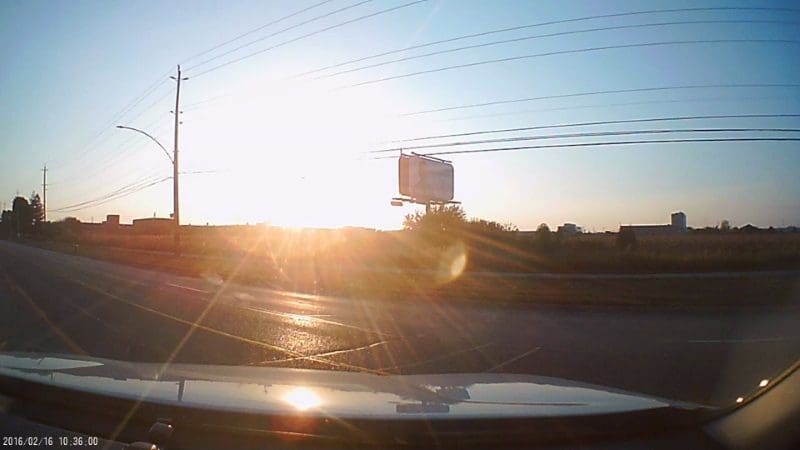
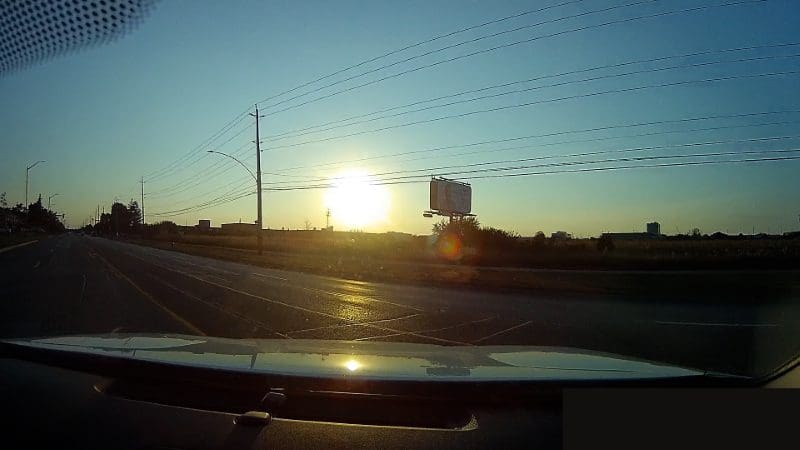
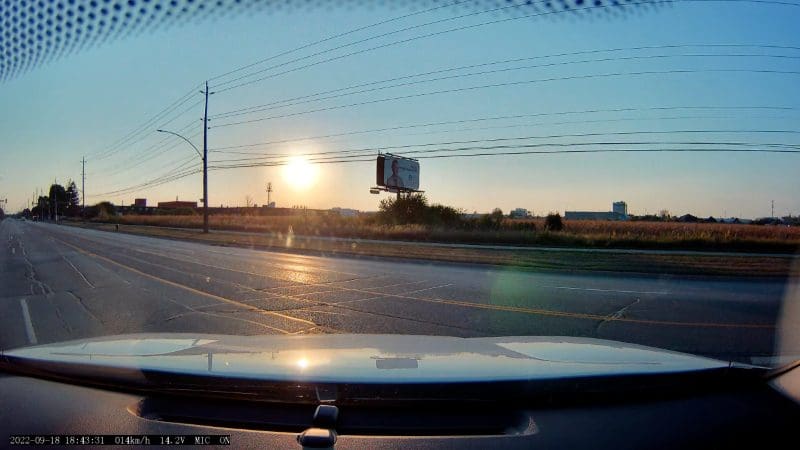
We fast-forwarded through the video to a second similar but more complex scenario.
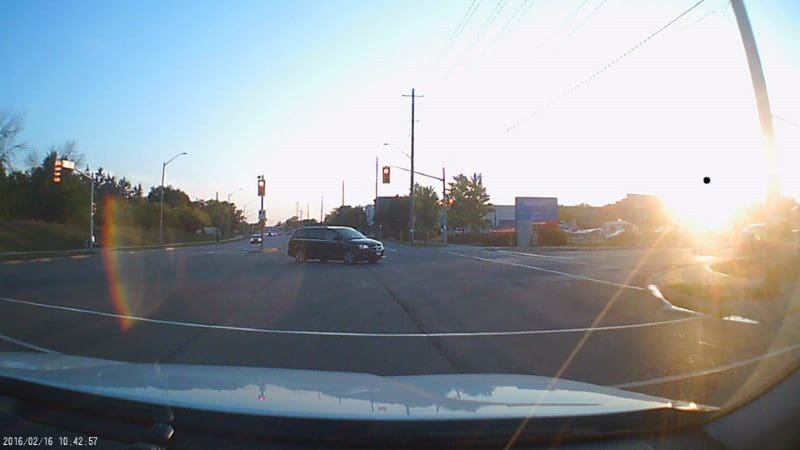
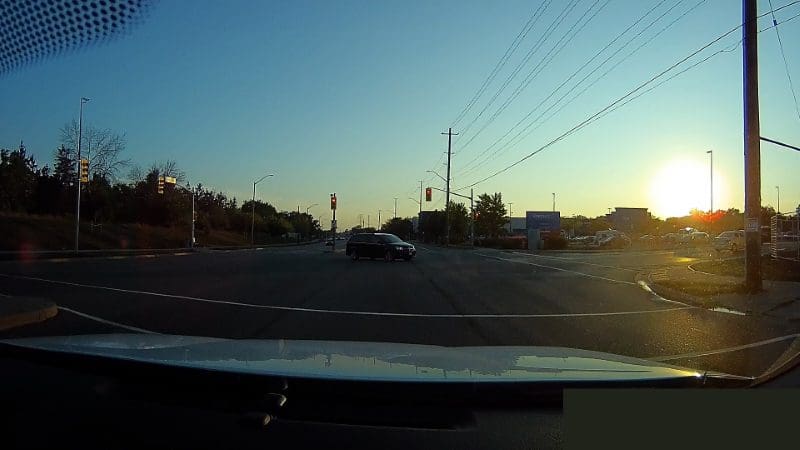
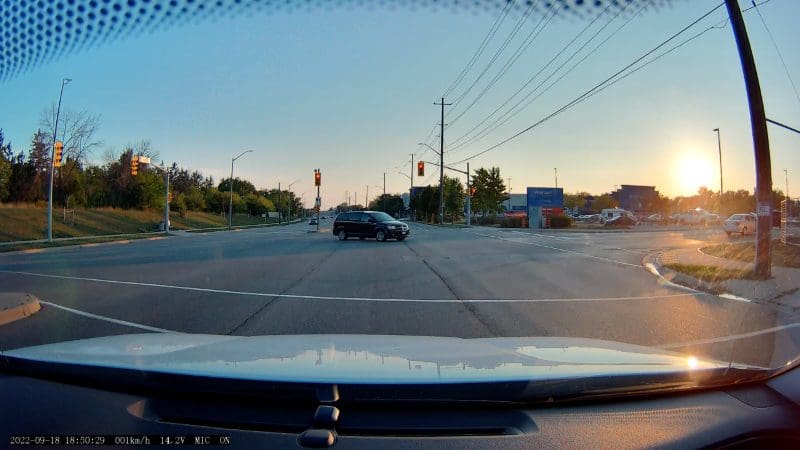
There are four things to note in this set of images. First, look at the minivan in the center of the screen. Camera C does the best job of identifying the color of the vehicle. Look at the light post on the far right. Only Cameras B and C show the red and white sign with the $10 text. Finally, look at the signage on the Walmart building and its street sign. Camera A is barely legible. The video from Camera B is much better but quite dark. Finally, Camera C does a very good job displaying the colors on the sign and the building while rendering the text clearly.
It’s clear that technological advances dramatically improve the information captured by a dashcam under high-contrast conditions.
What Happens When the Sun Sets
The second extremely challenging scenario for any camera occurs when it’s dark. Capturing information while driving at night is even more difficult. If you’ve ever tried to record video with a GoPro or a similar action camera at night, you’ll know just how poor the image quality can be. Making out a license plate or the model and color of a vehicle is often nearly impossible. If your dashcam has a parking mode intended to watch the vehicle while you’re at home, being able to make out faces, logos on clothing or other identifying marks of people lurking around your car or truck is crucial. Let’s look at a few examples of how vital low-light camera performance is.
This first example of a nighttime performance is a series of screen captures taken with a vehicle parked on a dark street. There are several streetlights to the left of the image.
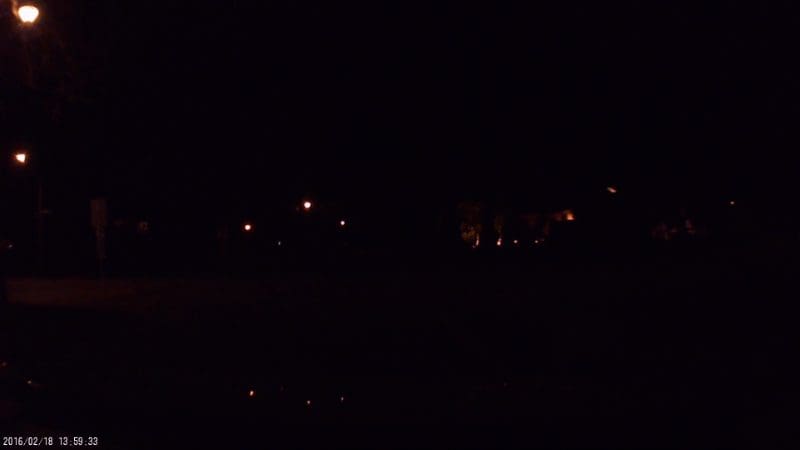
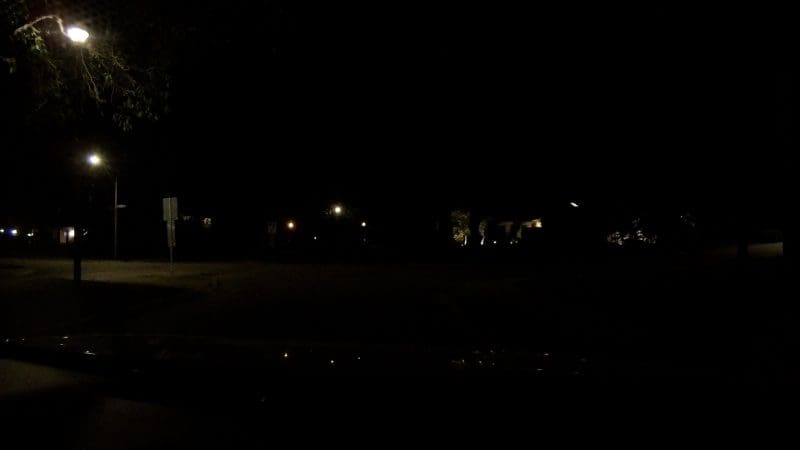
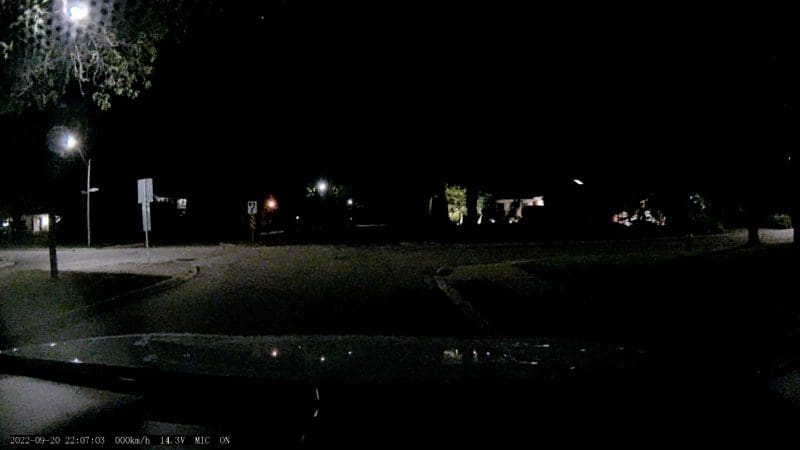
It’s not hard to see how much more information is captured by higher-quality image sensors. Camera A is effectively useless in attempting to render any helpful information. Camera B is better, showing some of the streets on the left side of the image. Camera C, though somewhat grainy, shows most of the intersection. If someone were to be snooping around your vehicle after dark, you want the camera to capture something.
This last example is an extreme demonstration of how a modern, high-performance image sensor can capture even the most minute amounts of light. The vehicle was in the parking lot of a local park, with no lighting in the lot. With Camera A, you can barely see the streetlights in the center of the image. Camera B is a little better and shows some of the lights in the townhouses adjacent to the park on the right side of the picture. Finally, Camera C manages to illuminate the entire street as well as all the lights of the homes to the right. What’s most impressive is that you can see the glow of the city lights behind the trees on the left of the image.
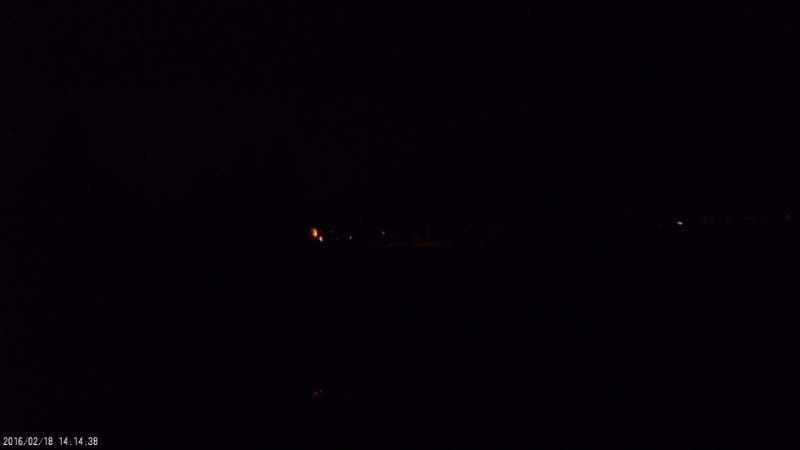
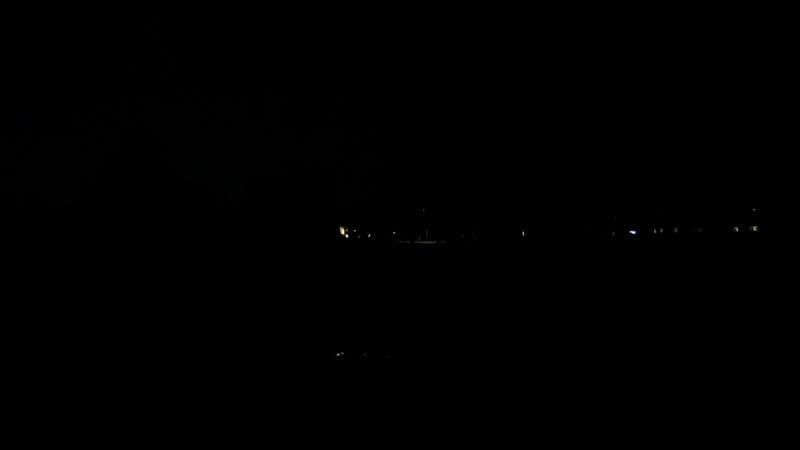
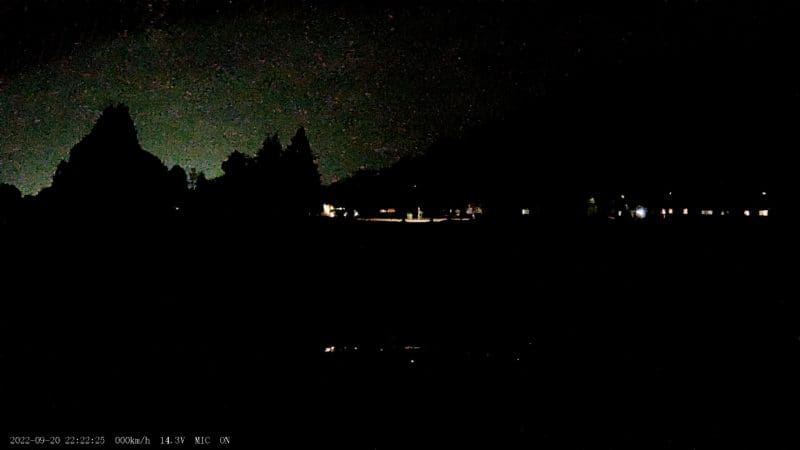
Pick Your Dashcam Features Based on Worst-Case Scenarios
We’ll be clear: Any dashcam is better than no dashcam, even if it’s a potato, as the kids call it. Once you’ve been frustrated by not being able to extract the information you need when something happens, you’ll understand our emphasis on choosing something that performs well under challenging conditions.
Drop by a local specialty mobile enhancement retailer today to learn about the options available to protect yourself from fraud and capture everything that happens around your vehicle while parked or underway. If you’d like to learn more about the Momento M7 used in this article, check out the Test Drive Review we published in the summer of 2022.
